Great new home trend impacting us all
A major new real estate trend is having a massive domino effect across Australia and it’s set to continue for years to come.
Property
Don't miss out on the headlines from Property. Followed categories will be added to My News.
The concept of a ‘forever home’ has evolved.
While people may buy or build their dream home with plans to put down roots for the long term, historical data shows that most homeowners move on within seven or eight years. But there are indications that more and more of us are taking the long view.
Ten years ago, the median property hold period for Sydneysiders was 8.1 years. In 2023, the median is nine years.

In Melbourne, hold periods have risen even more steeply, from 7.6 years in 2013 to 9.3 years in 2023.
In the short term, longer hold periods for properties are usually influenced by market downswings.
Eliza Owens, CoreLogic head of research, said vendors who choose to sell in a falling market are often those who have held their properties for longer, and are therefore more likely to realise a profit from resale.
Conversely, when home values are rising, those with shorter hold periods may also be enticed to sell, thanks to increased profit potential.

However, Ms Owens said in the longer term there is evidence of extended hold periods in Sydney and Melbourne. This could be a reflection of empty nesters holding onto larger homes, rather than downsizing.
Some are making room for their work or hobbies, others for their children or grandchildren to stay, and many have a strong desire to stay in the community they’ve known for many years, and find there is limited stock locally to downsize into.
This trend is supported by Australian Bureau of Statistics (ABS) data, which for NSW shows the proportion of two-person family households in dwellings with four or more bedrooms increased between 2016 and 2021. The majority of two person households in the 2021 Census (67 per cent) were in detached houses, and 40 per cent of them were in houses with four or more bedrooms.
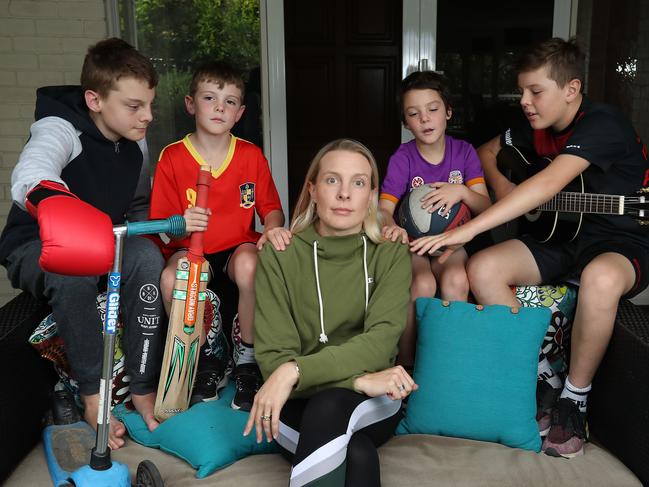
Simon Kuestenmacher, co-founder of The Demographics Group, puts it more bluntly:
Baby Boomers are monopolising our three and four bedroom homes, and declaring they’d “rather be carried out in a box” than downsize.
It’s a slightly different story in Brisbane where typical hold periods have trended lower since the onset of the pandemic. Ms Owens believes this may be because capital growth across Brisbane became much more robust through the Covid-19 period relative to Sydney and Melbourne.
Extremely strong selling conditions encouraged more sales of properties that had been acquired around 2015, and consequently home values are around 30 per cent higher across Brisbane since the start of coronavirus, compared with 2.4 per cent higher in Melbourne and 14.5 per cent higher across Sydney.
MORE: Aussie home prices hit dizzying new peak, according to PropTrack
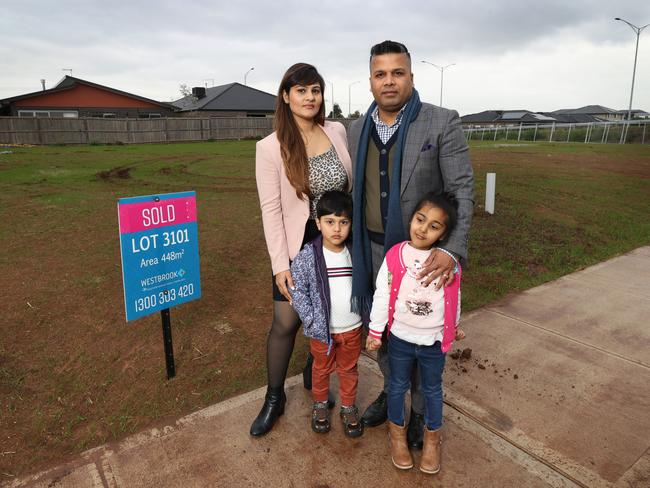
But in all of the eastern state capitals there are some suburbs where homeowners routinely stay put for 20 years or more.
In NSW, North Epping, Oakville and Emerton have long tenure; in Melbourne it’s Princes Hill, Clarinda and Vermont South, and in Queensland, Munruben tops the list.
Ms Owens says these suburbs are heavily owner occupied, outer suburban areas that once were, or remain, popular with young families, and when the kids leave home, empty nesters are choosing to age in place.
The knock-on effect of the Baby Boomer stranglehold on family homes in our inner and middle rings, when combined with a dearth of development in these suburbs, is a push to purchase on the outskirts of our cities.

Mr Kuestenmacher said Millennials who have started, or plan to start, a family, and who are purchasing their first homes at a much later age than their parents, are forced to move to the urban fringes where homes are larger and more affordable.
However, he expects a trend reversal in the 2030s when a critical mass of Baby Boomers is finally ready to downsize.
In the intervening years we’re not moving much at all.
Mr Kuestenmacher points to the high costs associated with buying and selling: from stamp duty and legal fees, to styling and removalists.
The work-from-home trend has also increased the demand for larger homes as homeowners recognise the need for a dedicated office space. This race for space has provided another incentive to move to the city outskirts.
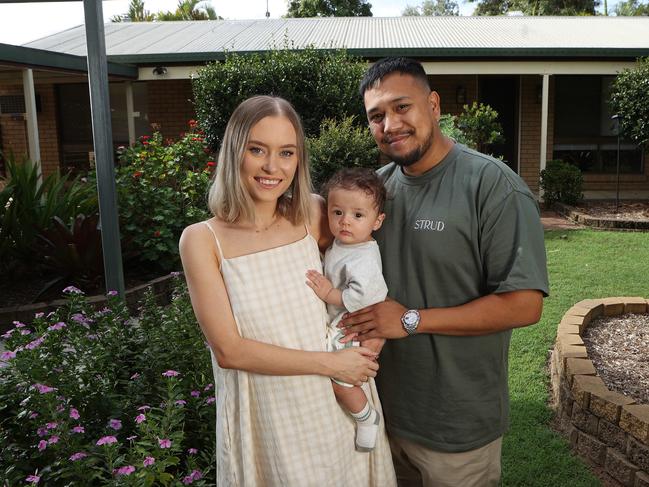
The trend of buying in peripheral city suburbs is supported by CoreLogic data showing the average distance to the CBD of properties sold in 2023 was 24.3km in Sydney (compared with 22.5km in 2014), 22.3km in Melbourne (compared with 20.3km) and 20.2km in Brisbane (compared with 17.2km).
While this data would reflect a change in the composition of buyers (there were more investors in the market favouring metropolitan areas in 2014), Ms Owens argues there are also structural elements at play.
Affordability constraints on inner-city living and urban sprawl in the development of cities have likely contributed to the trend towards buying further away from CBDs.
The average distance to the CBD across all cities hit a high in the year to April 2021, amid the uncertainty of Covid-19 lockdowns and what was likely to have been the peak embrace of remote working.

The need for a separate room with a door to keep the family out meant the standard Australian home grew by at least one bedroom, said Mr Kuestenmacher.
Working from home has been extremely popular among knowledge workers – professionals whose jobs revolve around handling or using ideas and information rather than producing goods – through the pandemic, and may have empowered purchasing decisions further from the CBD, or even in regional Australia.
ABS census data shows more than a third of movers from capital cities to regions in 2022 were relatively young people, aged between 25 and 44, whereas only 10 per cent were the traditional retirees aged 65 and above making a sea-change or treechange.
A shortage of listings was a notable characteristic of the 2023 property market and another pointer towards longer tenure of homes.
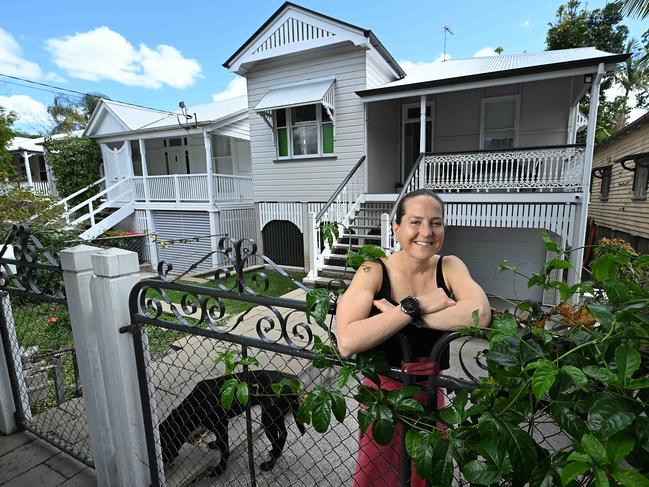
Listing volumes across the capital city markets trended up to 30 per cent lower in 2023 than in the previous five-year period.
Would-be sellers may be waiting for stronger selling conditions, said Ms Owens, or they could be reluctant to sell when there is not enough stock to choose from for their next home.
Pandemic-related government stimulus and record low interest rates helped fuel the highest inflationary environment in 32 years, with the cost of building a home skyrocketing by up to 20 per cent by September 2022, driven by a mix of limited labour and materials, increased shipping costs and an elevated backlog of projects.
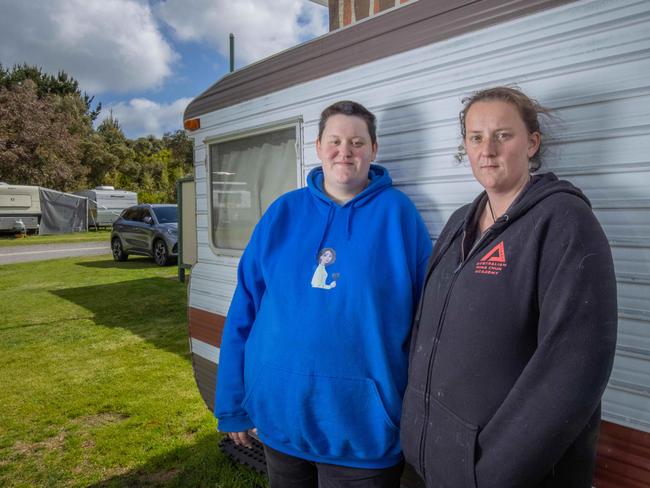
For purchasers, income is an important facet of affordability, but Ms Owens said it doesn’t seem to have influenced prices as much as interest rates have. Low interest rates mean a relatively low proportion of income is needed to service ongoing mortgage debt, while today’s high interest rates are limiting for a whole range of buyers.
Rates started rising from historical lows in May 2022 and lending capacity for the average double income family had fallen by $250,000 by June 2023.
For large-scale developers, reduced borrowings equate to a fall in demand for their product, which leads in turn to a fall in construction starts.
The ABS recorded a 21.9 per cent fall in dwelling commencements in the 12 months to December 2022, and commencements continued to fall in 2023, along with the value of building work.
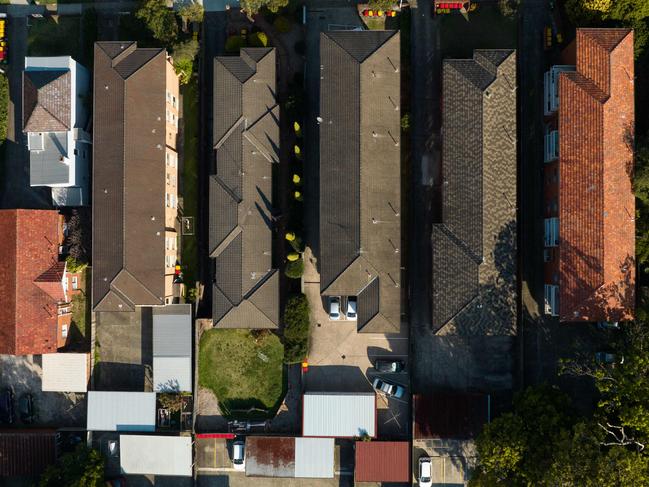
A higher level of immigration has also put pressure on stock levels. Mr Kuestenmacher points to the Federal Government’s failure to link migration and housing policies as a key oversight.
Nevertheless, low listing numbers help underpin property prices as buyers compete for limited stock. Ms Owens expects rising home values to trigger a wave of new listings.
This may, in turn, lead to more homeowners thinking about a new forever home.
* John McGrath is the founder, Managing Director and Chief Executive Officer of McGrath Estate Agents




